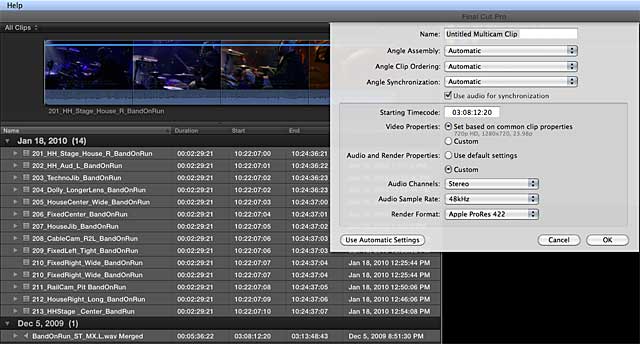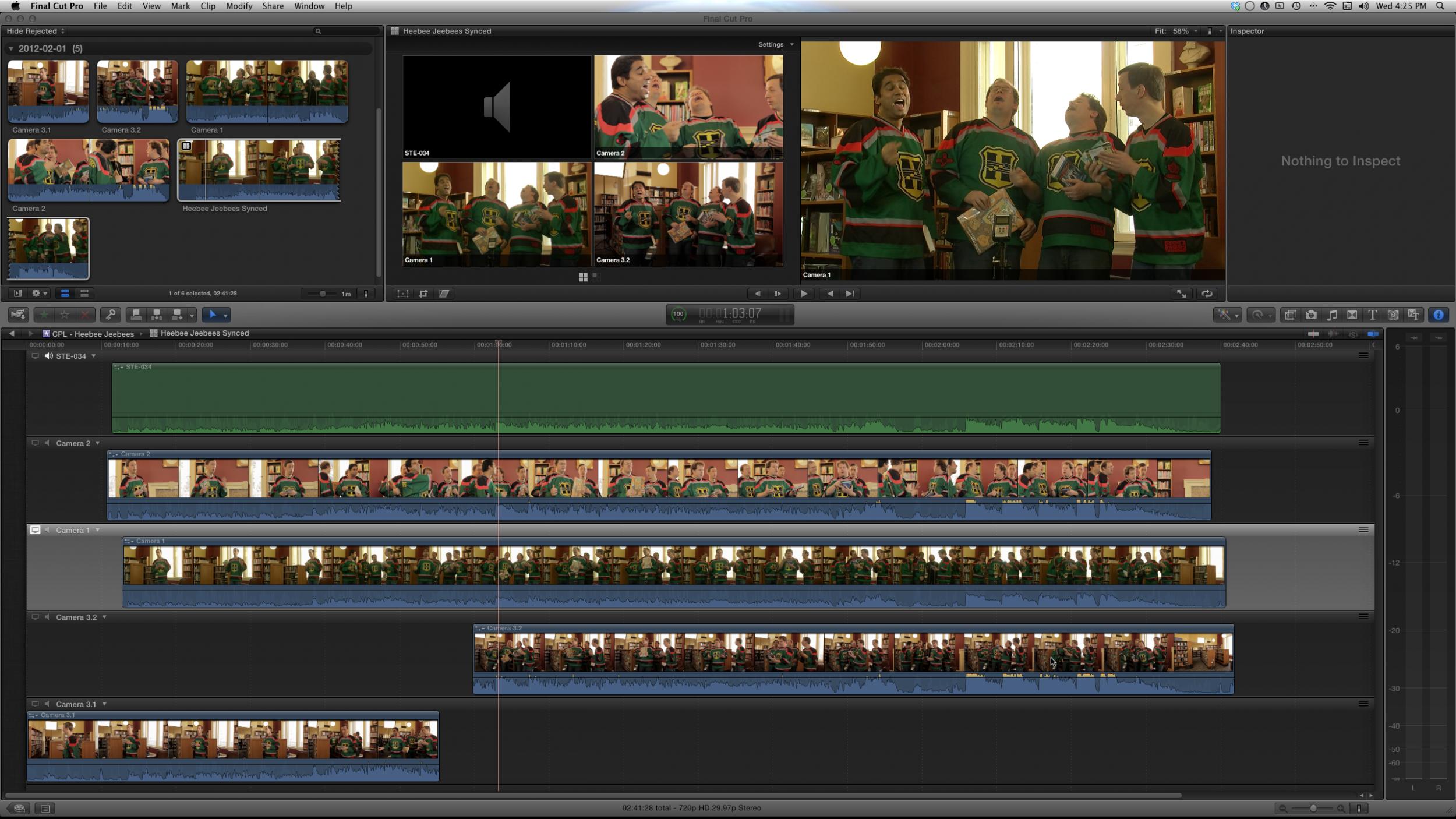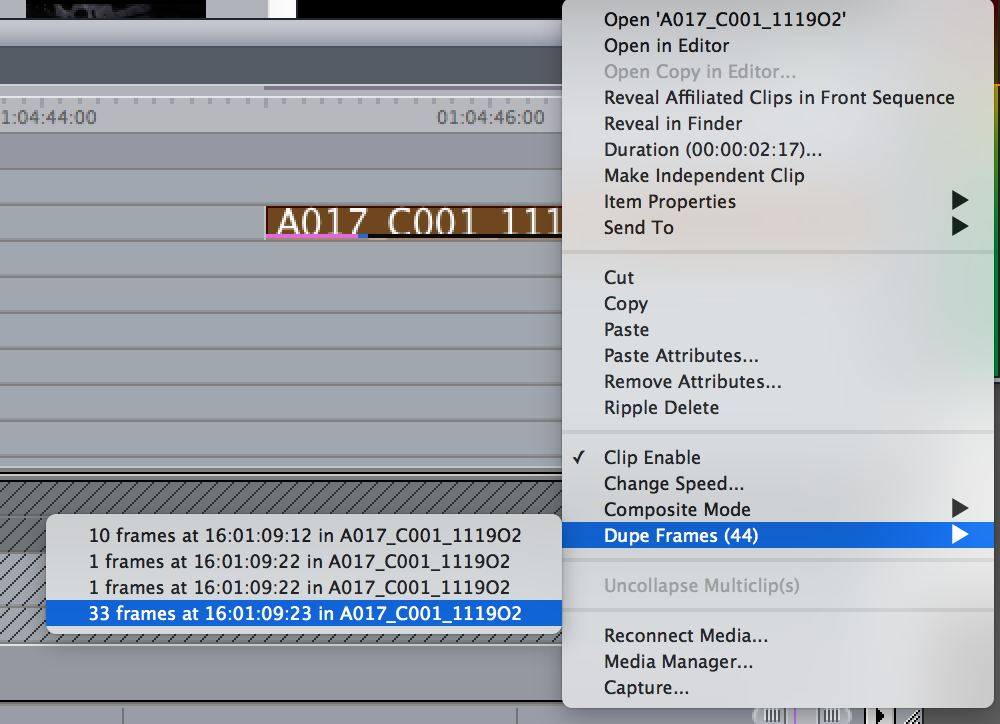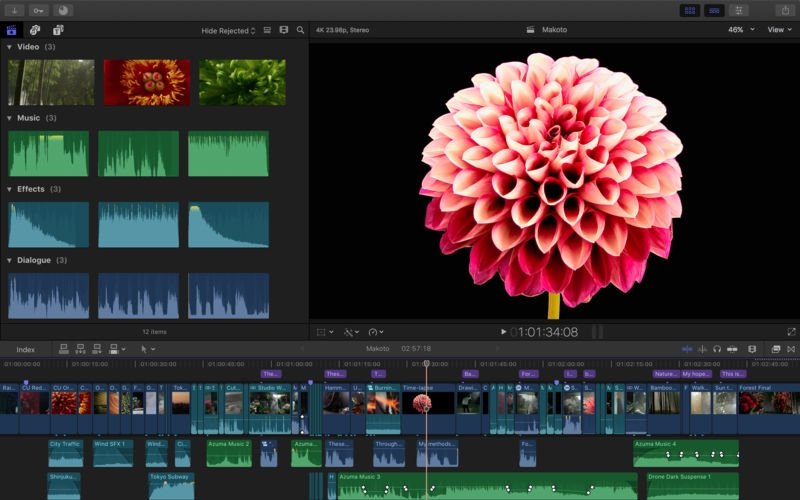

We could do it with the audio track too, but we have other plans for that. It only takes a few seconds and we don't have to worry about using up disk space because the movie just has references to the original clips and so is much smaller than they are.ĭo this for each of the three camera tracks.

We'll name the movie for the track it came from and click Save. Use the "Current Settings" and make sure the check box for Make Movie Self-Contained is *not* checked. Now ctrl-click on the sequence in the Browser and choose Export > QuickTime Movie. In the pluraleyes output sequence, make only the first video track visible and mute all the other audio. We're going to export the tracks as separate movies and make a multiclip from those. We have three cameras so you would expect three angles, but Final Cut would give you 17 angles, one for each clip. Final Cut puts every clip into a separate angle. But even if it could you wouldn't like the result. Final Cut Pro is a bit fussy about multiclips but once you've set them up they work great.įirst we notice that PluralEyes says it couldn't make a multiclip because of the audio-only track. Multiclips will take a couple of extra steps, but it will be worth it. So right away we have the answer to the first two questions: we see that having cameras turned on and off is no problem, and having a separate audio track works just fine. After a minute we've got a sequence with everything in sync.

(It's a standalone application in the Applications folder.) We press the Sync button. Each camera goes on a separate track and the audio goes on its own track.

To start editing we first make a sequence called pluraleyes and arrange the clips onto the timeline. They could be a different format, but they all need to be the same for a multiclip. We've captured the clips and put them all into ProRes 422 at 1280x720 30 fps. The script of the tutorial comes below the video.įor this example we shot a band with three cameras and a separate audio recorder.


 0 kommentar(er)
0 kommentar(er)
